Tone on Tone Living Room Ideas
Creating a tone on tone living room is a popular trend in interior design. This design style involves using different shades and tones of the same color to create a cohesive and sophisticated look. It may seem like a simple concept, but there are many ways to incorporate tone on tone in your living room to achieve a stunning and unique space. Here are 10 ideas to inspire your tone on tone living room design.
How to Create a Tone on Tone Living Room
The first step in creating a tone on tone living room is to choose a main color. This color will serve as the base for your design and should be a shade that you love and feel comfortable living with. Once you have your main color, you can begin to incorporate different tones and shades of it throughout the room. Consider using lighter shades for the walls and furniture, and darker shades for accents and accessories.
Decorating with Tone on Tone in the Living Room
When it comes to decorating with tone on tone, it's important to consider the texture of your chosen color. This can add depth and interest to your living room design. For example, you could use a mix of matte and shiny finishes in the same color to create a beautiful contrast. You can also play with different textures, such as velvet, linen, and leather, to add dimension to your space.
Tone on Tone Living Room Color Schemes
While tone on tone designs can be created using any color, some color schemes work particularly well for this style. For a classic and elegant look, consider using shades of white or cream. For a more dramatic and moody feel, shades of grey or navy can create a stunning tone on tone living room. You can also experiment with bolder colors, such as shades of blue, green, or even pink, to add a pop of color to your space.
Tips for Choosing Tone on Tone Furniture
When it comes to choosing furniture for your tone on tone living room, consider the style and shape of the pieces. Furniture with clean lines and simple silhouettes can help maintain a cohesive look. Additionally, using different textures, such as a velvet sofa and a leather armchair in the same color, can add interest and depth to your living room design.
Incorporating Texture in a Tone on Tone Living Room
Texture is key in creating a successful tone on tone living room. Consider using a mix of smooth and textured fabrics, such as a tufted rug, a chunky knit throw, and a smooth leather ottoman. You can also incorporate texture through the use of different materials, such as wood, metal, and glass, to add visual interest and create a dynamic space.
Creating Contrast in a Tone on Tone Living Room
While the goal of a tone on tone living room is to use different shades of the same color, it's important to create contrast to avoid a monotonous look. This can be achieved through the use of different textures, as mentioned before, but also by incorporating pops of a complementary color. For example, if your main color is blue, you could add a few orange or yellow accents to create a beautiful contrast.
Tone on Tone Living Room Inspiration
If you're struggling to envision your tone on tone living room, it can be helpful to look for inspiration. You can browse interior design magazines and websites, or even create a mood board with different shades and textures of your chosen color. This can help you visualize how your living room will come together and give you ideas for incorporating different elements.
Using Accessories to Add Interest in a Tone on Tone Living Room
Accessories play a key role in any living room design, and a tone on tone living room is no exception. You can use accessories, such as throw pillows, curtains, and artwork, to add pops of color and interest to your space. Consider using different patterns and textures, while still sticking to your chosen color palette, to give your living room a unique and personal touch.
How to Balance a Tone on Tone Living Room
One of the challenges of creating a tone on tone living room is achieving balance. You want to incorporate enough variation in color and texture to avoid a flat and boring space, but not so much that it becomes overwhelming. A good rule of thumb is to stick to a 60-30-10 ratio: 60% of your chosen color, 30% of a lighter shade, and 10% of a complementary color. This will help you create a harmonious and well-balanced living room.
Tone on Tone Living Room: Elevate Your Home's Design

What is a Tone on Tone Living Room?
 If you're looking to create a cohesive and sophisticated look in your home, a tone on tone living room may be the perfect design choice for you. This design concept involves using different variations of a single color to create a harmonious and elegant space. It's a popular trend in interior design that is all about creating a soothing and balanced atmosphere. By incorporating this design technique, you can elevate the style of your living room and make it a true reflection of your personal taste.
If you're looking to create a cohesive and sophisticated look in your home, a tone on tone living room may be the perfect design choice for you. This design concept involves using different variations of a single color to create a harmonious and elegant space. It's a popular trend in interior design that is all about creating a soothing and balanced atmosphere. By incorporating this design technique, you can elevate the style of your living room and make it a true reflection of your personal taste.
The Benefits of a Tone on Tone Living Room
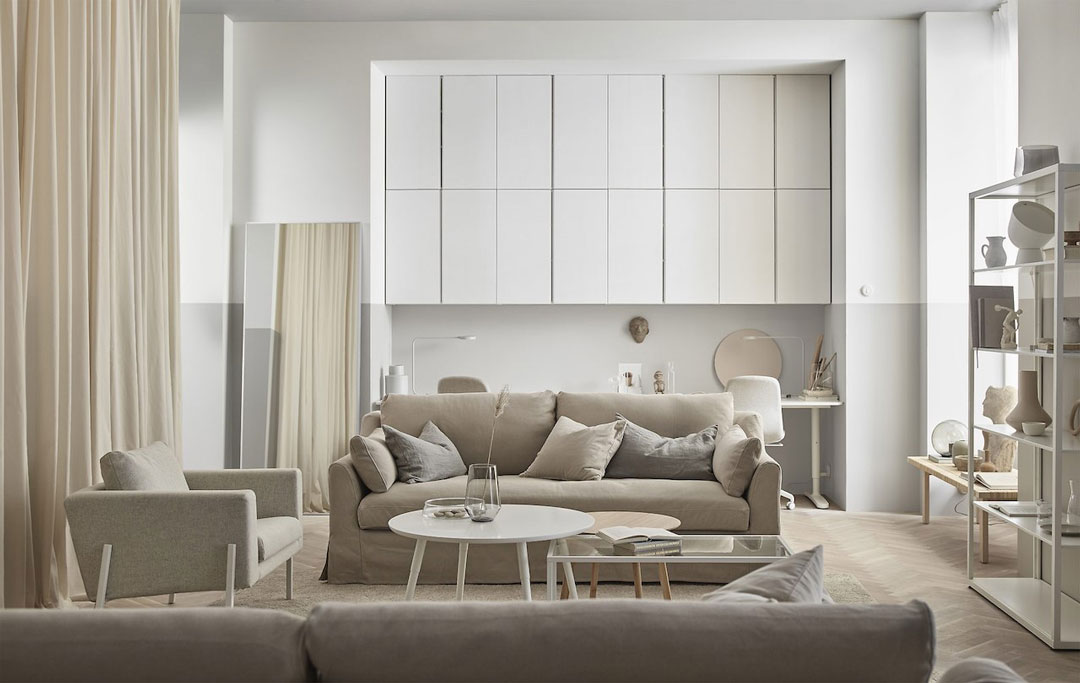 One of the main benefits of a tone on tone living room is its versatility. You can choose any color as your base and then play around with different shades and tones to create depth and interest in your space. This approach allows you to add pops of color and texture without overwhelming the room. It also makes it easier to switch up your decor and accessories as you can stick to a similar color palette and still create a fresh and updated look.
Another advantage of a tone on tone living room is its ability to create a sense of continuity and flow. By using a single color throughout the space, you can visually connect different areas and create a cohesive look. This is especially useful in open-concept living spaces where the living room may flow into the dining or kitchen area. By using the same color, you can create a seamless transition between the spaces.
One of the main benefits of a tone on tone living room is its versatility. You can choose any color as your base and then play around with different shades and tones to create depth and interest in your space. This approach allows you to add pops of color and texture without overwhelming the room. It also makes it easier to switch up your decor and accessories as you can stick to a similar color palette and still create a fresh and updated look.
Another advantage of a tone on tone living room is its ability to create a sense of continuity and flow. By using a single color throughout the space, you can visually connect different areas and create a cohesive look. This is especially useful in open-concept living spaces where the living room may flow into the dining or kitchen area. By using the same color, you can create a seamless transition between the spaces.
How to Incorporate a Tone on Tone Living Room in Your Home
 Creating a tone on tone living room is all about balance and selecting the right colors. You can start by choosing a neutral base color, such as beige, gray, or white. Then, add different shades and tones of that color through your furniture, accessories, and decor. Don't be afraid to mix in different textures and patterns to add depth and interest to the space. A monochromatic color scheme doesn't have to be boring; it's all about finding the right balance.
You can also use accent colors to add a pop of contrast and create a focal point in your living room. This could be a bold piece of artwork, a colorful rug, or a statement piece of furniture. Just be sure to stick to the same color family to maintain the tone on tone look.
Creating a tone on tone living room is all about balance and selecting the right colors. You can start by choosing a neutral base color, such as beige, gray, or white. Then, add different shades and tones of that color through your furniture, accessories, and decor. Don't be afraid to mix in different textures and patterns to add depth and interest to the space. A monochromatic color scheme doesn't have to be boring; it's all about finding the right balance.
You can also use accent colors to add a pop of contrast and create a focal point in your living room. This could be a bold piece of artwork, a colorful rug, or a statement piece of furniture. Just be sure to stick to the same color family to maintain the tone on tone look.
Final Thoughts
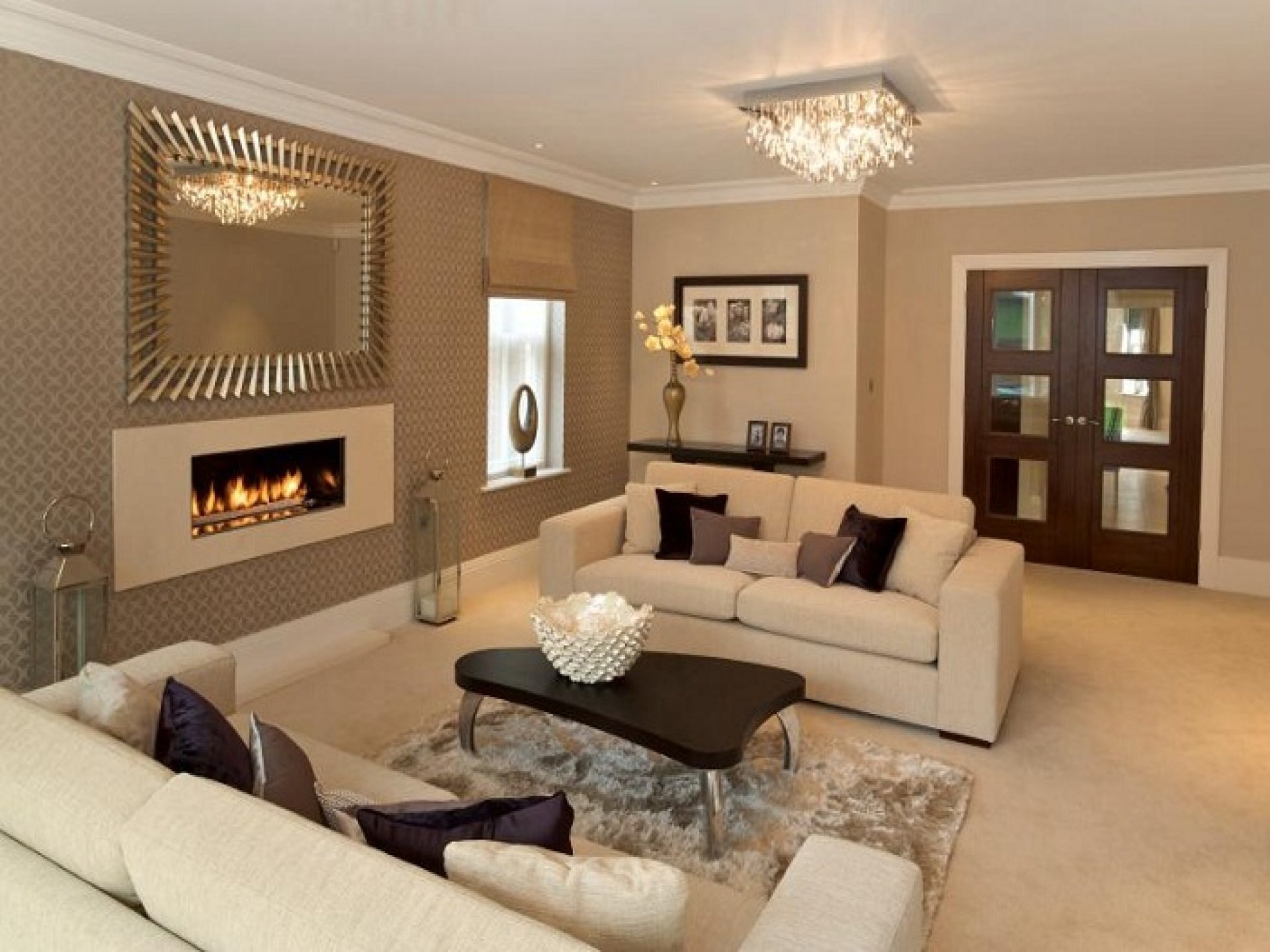 A tone on tone living room is a timeless and elegant design choice that can elevate the overall look and feel of your home. By using different variations of a single color, you can create a harmonious and cohesive space that reflects your personal style. So why not give it a try and see how this design concept can transform your living room?
A tone on tone living room is a timeless and elegant design choice that can elevate the overall look and feel of your home. By using different variations of a single color, you can create a harmonious and cohesive space that reflects your personal style. So why not give it a try and see how this design concept can transform your living room?

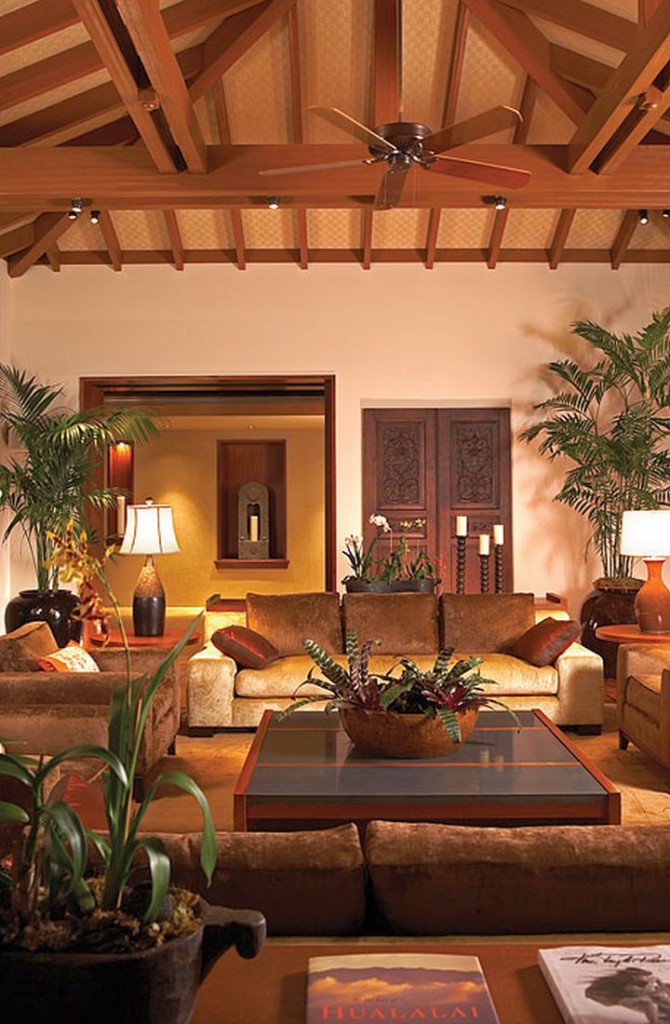

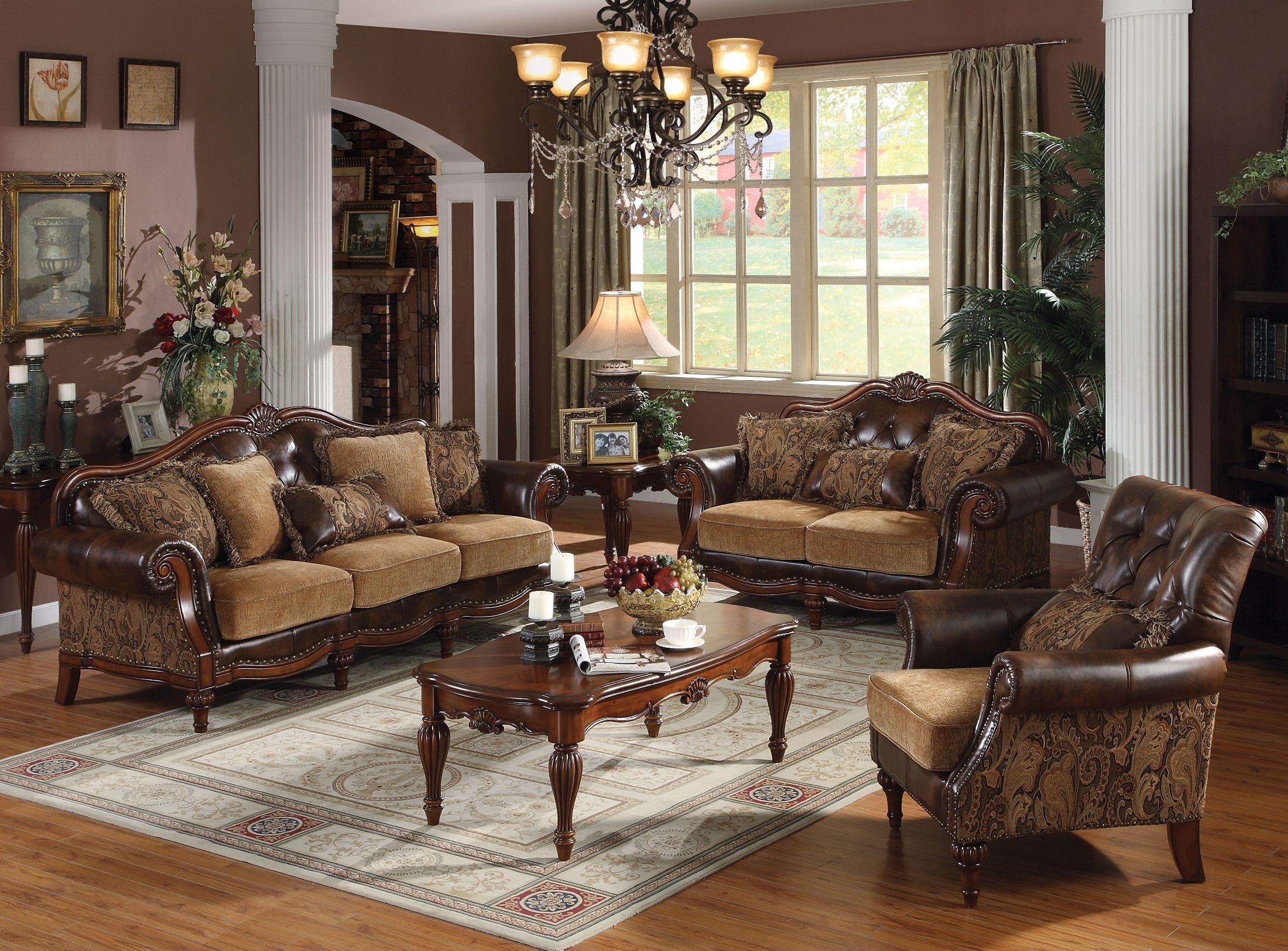
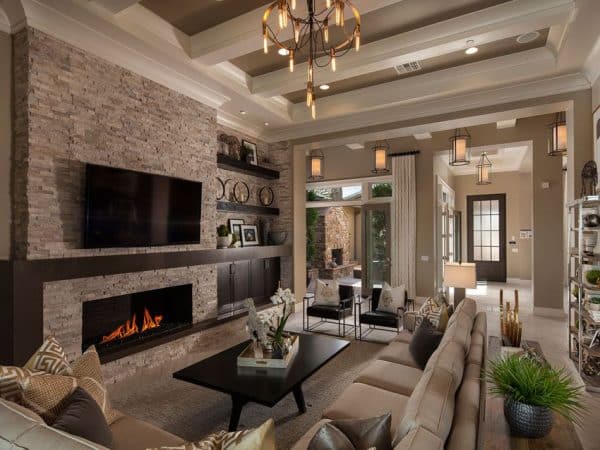
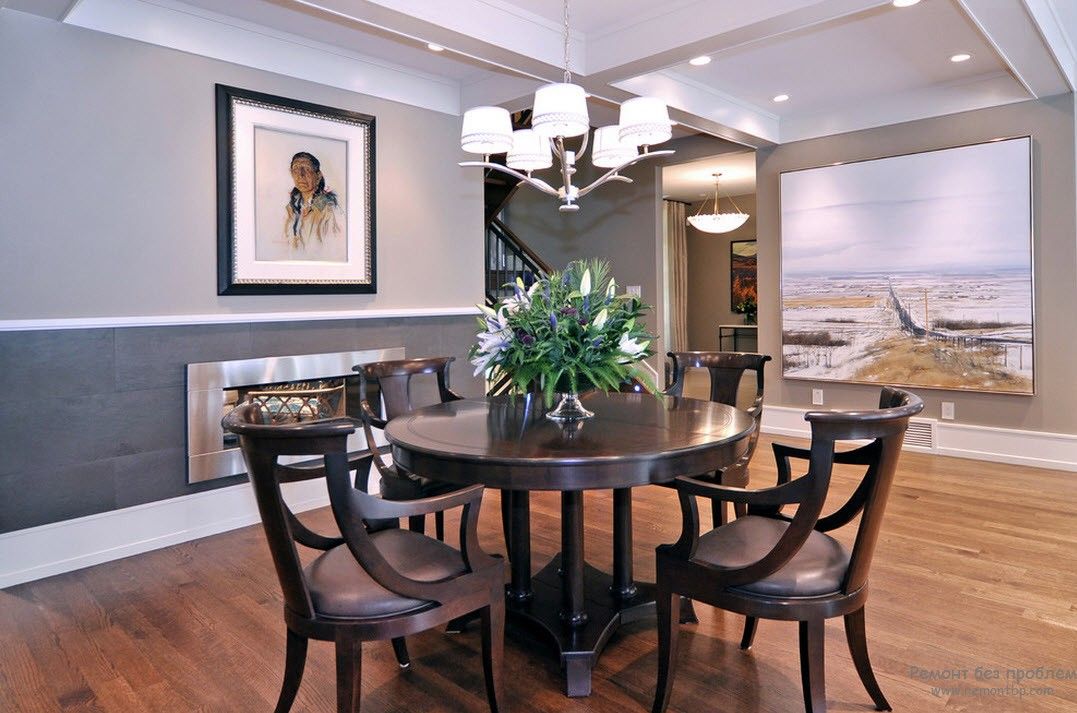






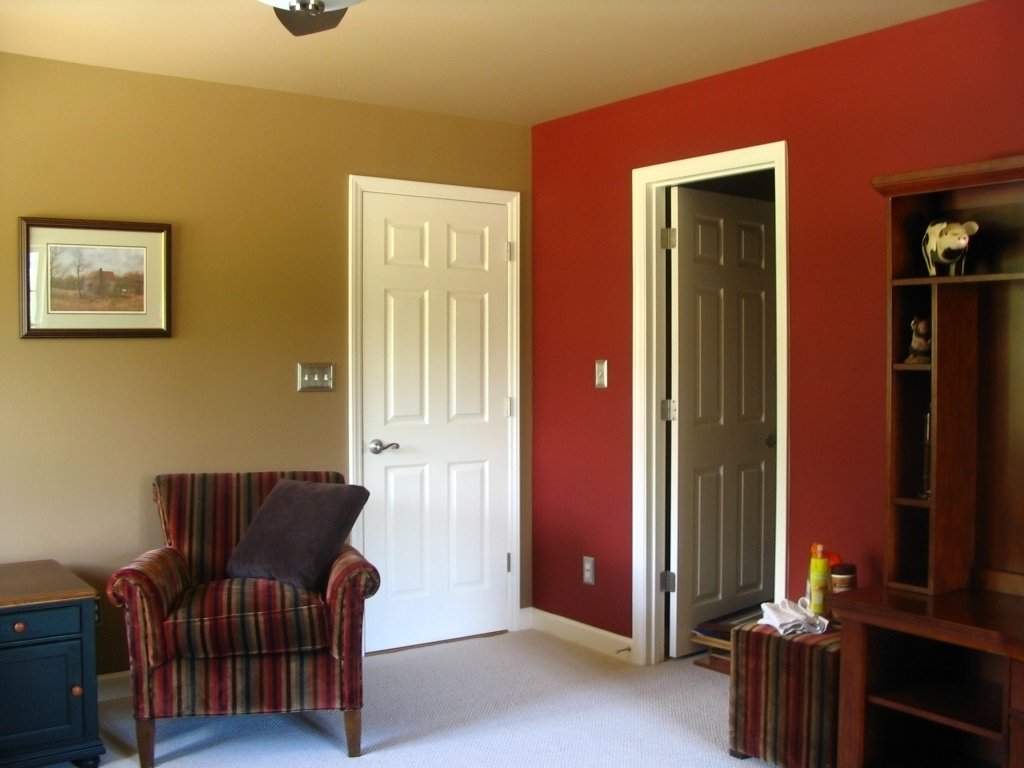





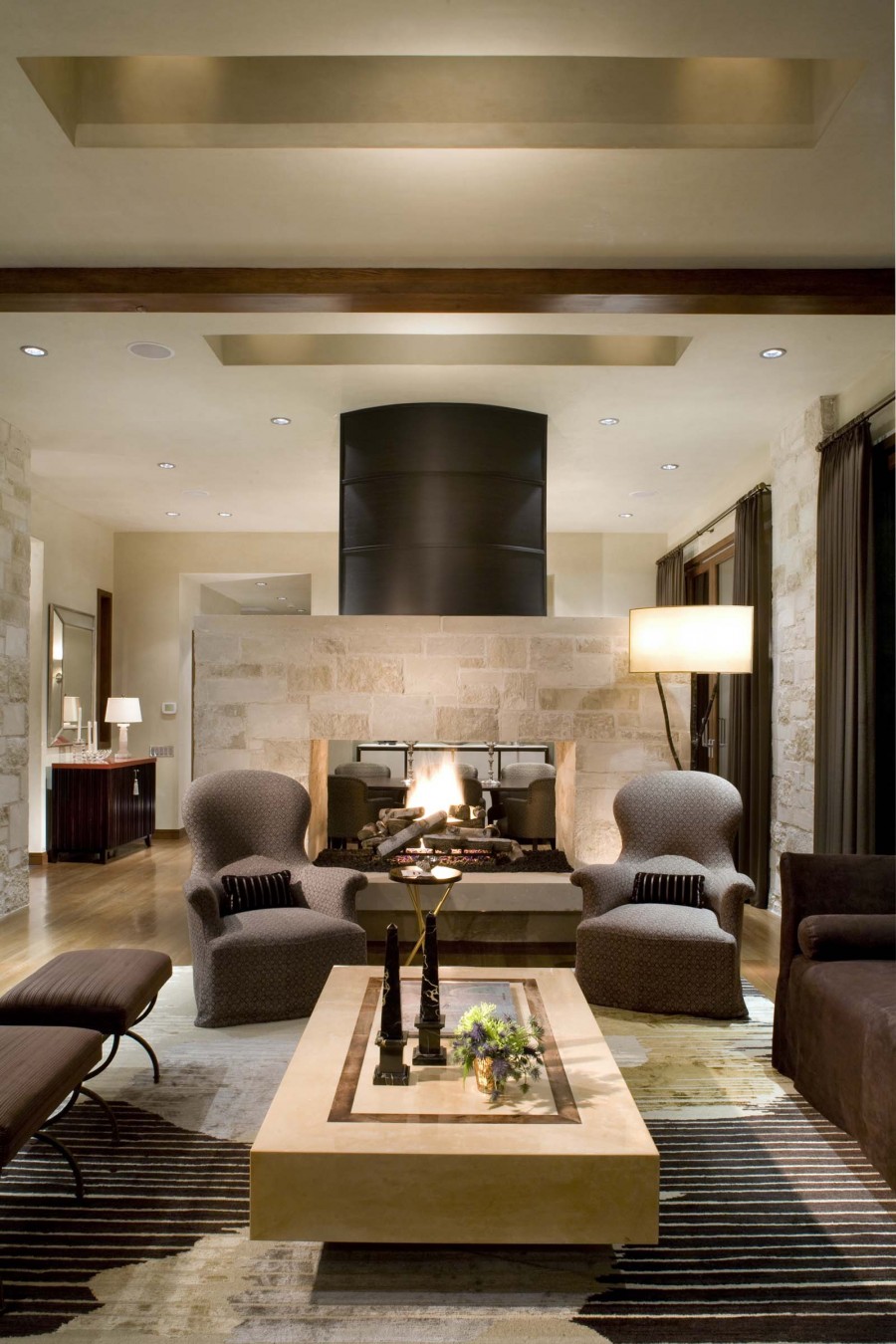
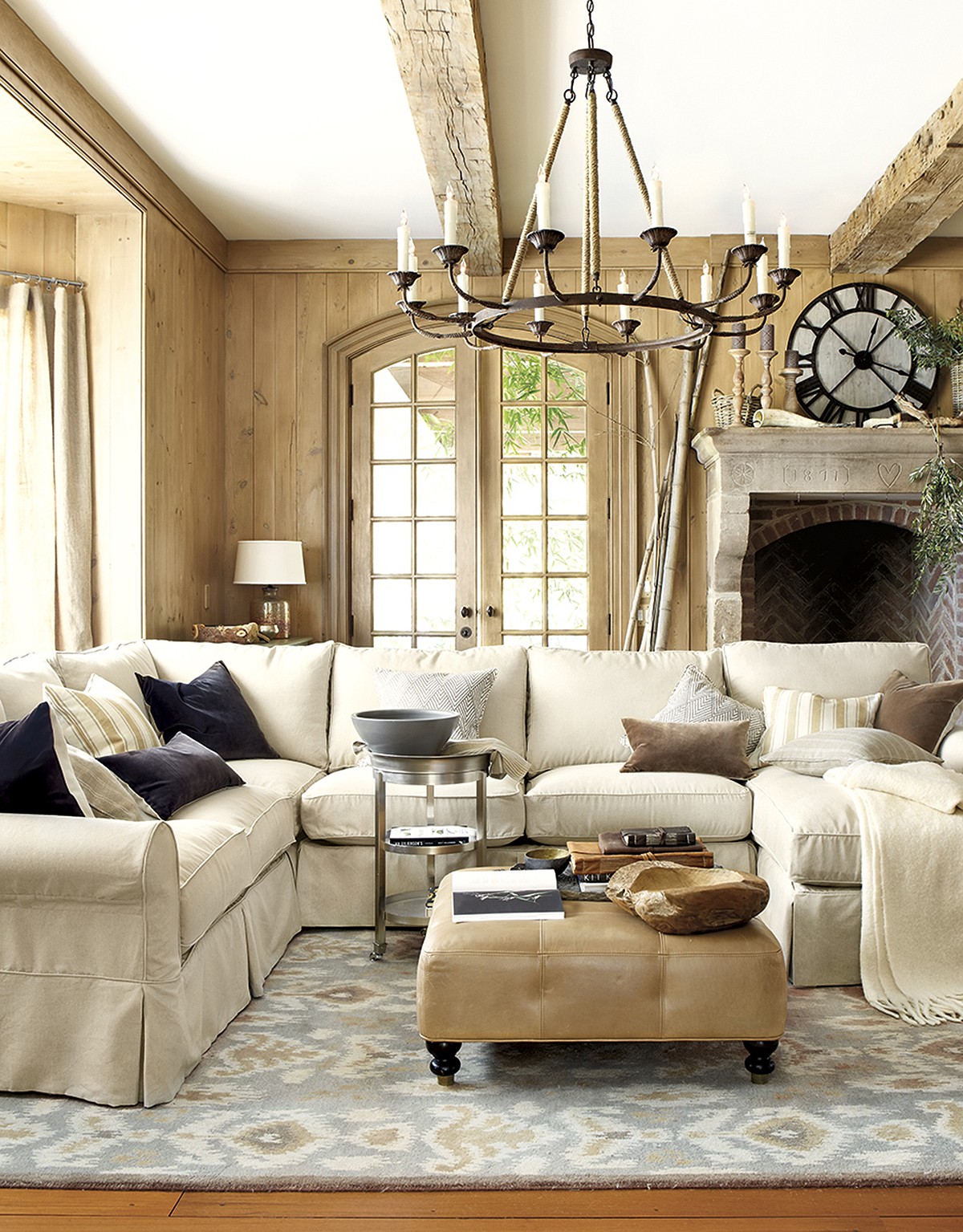


/169789002-58a723d63df78c345b930ec6.jpg)

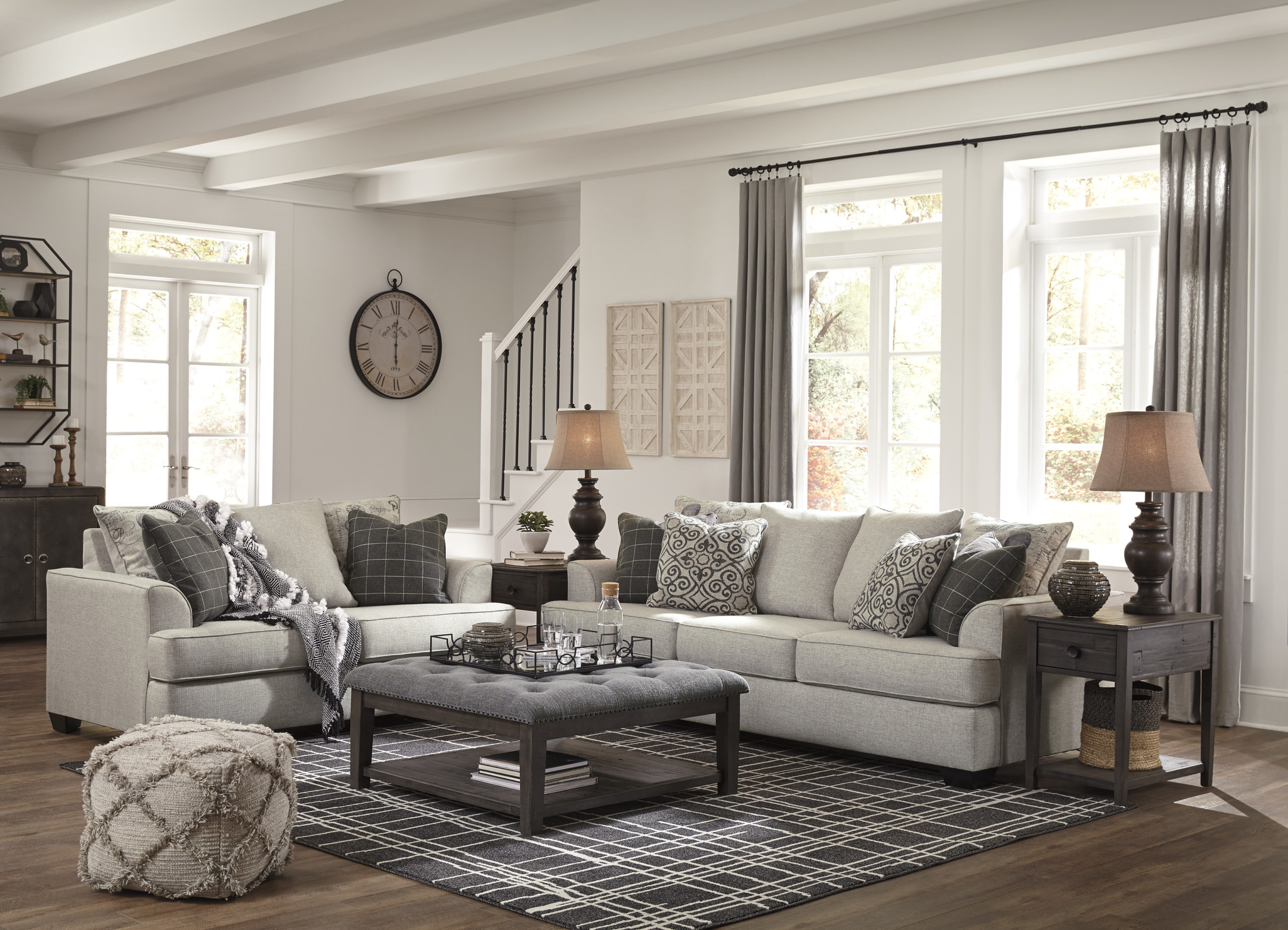



/Neutrallivingroom-GettyImages-568518365-5a6260a87d4be80036ac6b0c.jpg)





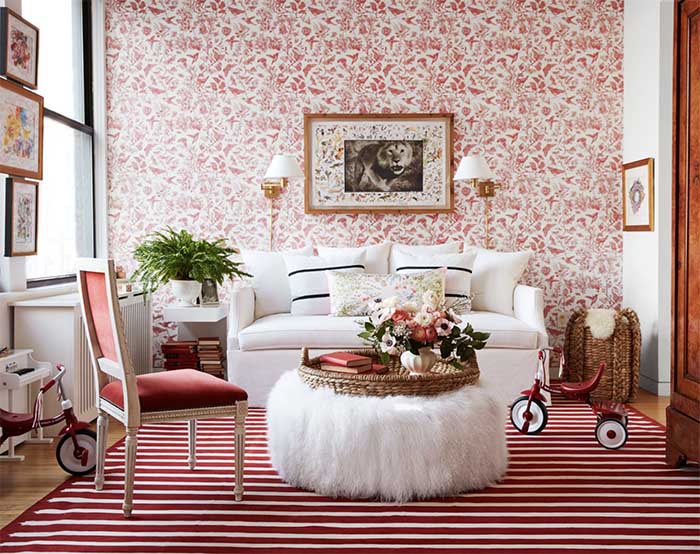
















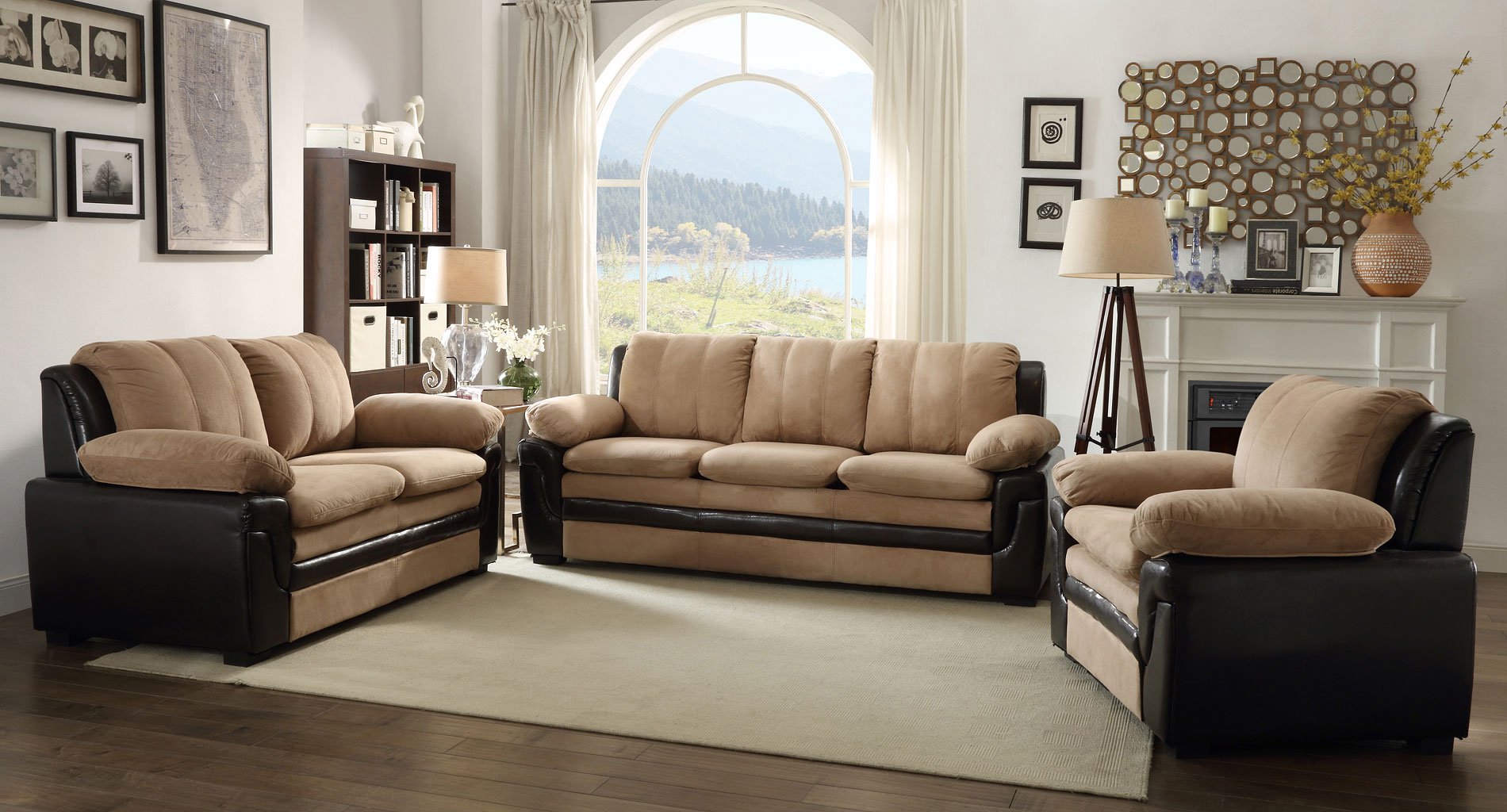





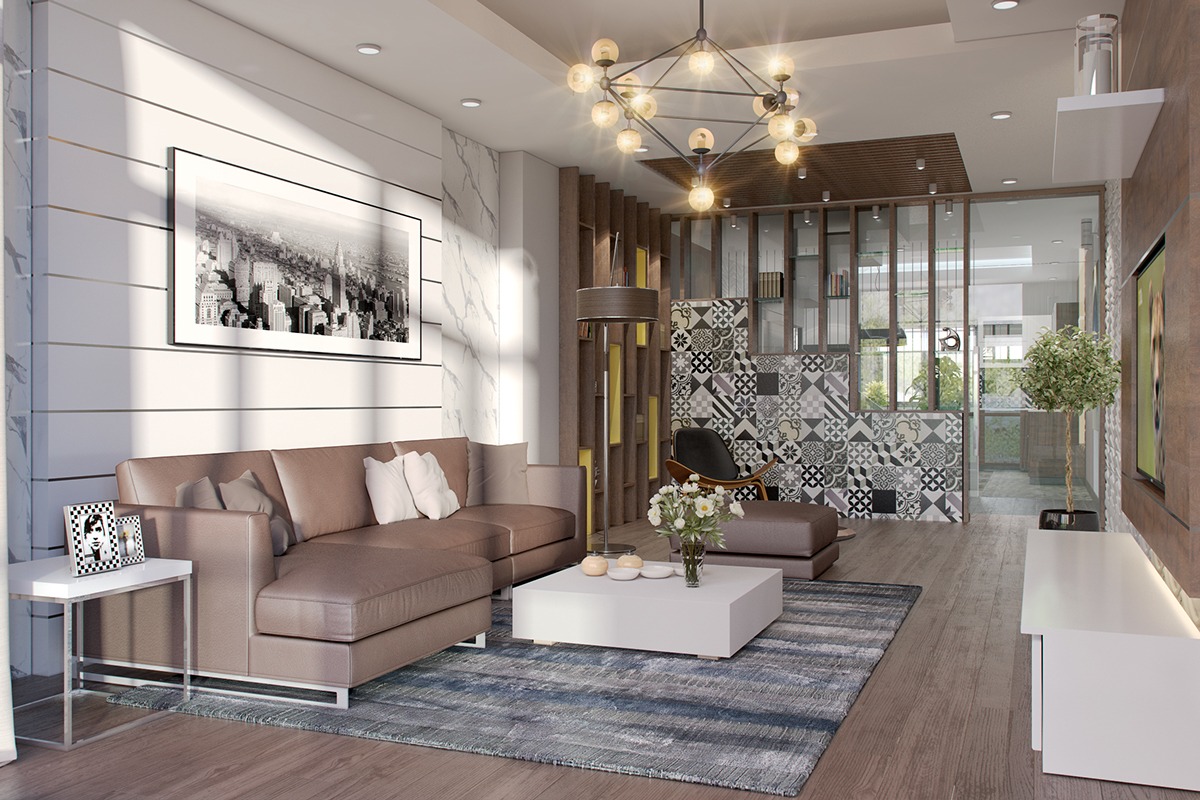



:max_bytes(150000):strip_icc()/earth-tone-living-room-sectional-7s5bZKnjKjLBKOCGAupxR3-2000-c6b79b7d07f943c196ba5483bbdb6c0a.jpg)





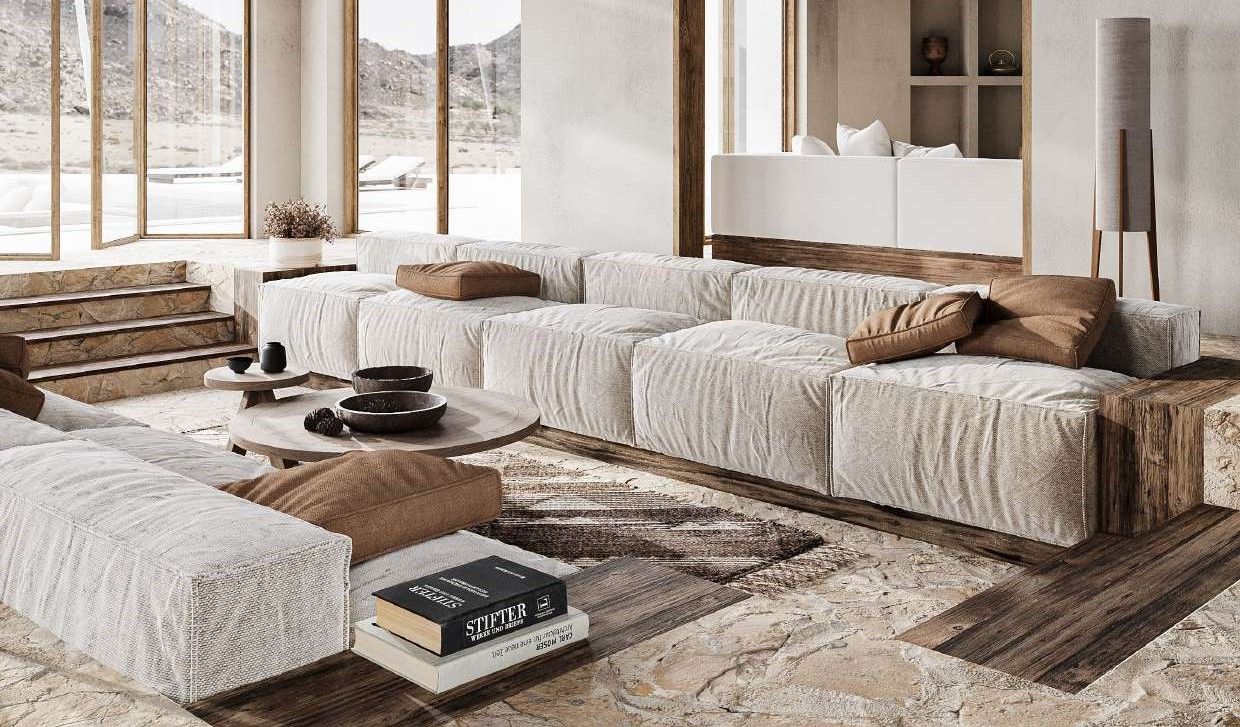
/Modern-neutral-living-room-with-luxury-touches-581d2eba3df78cc2e802cab1.jpg)






